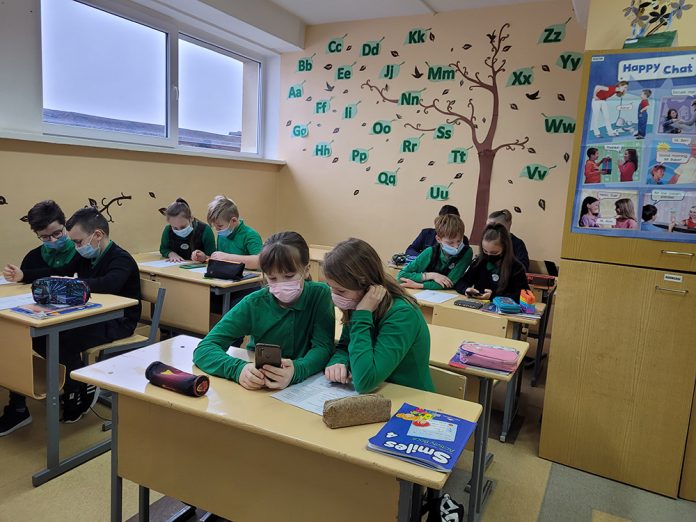“For the things we have to learn before we can do them, we learn by doing them.”
— Aristotle (Nicomachean Ethics)
As the concept of circular economy is gaining popularity, initiatives and awareness campaigns on the topic of waste and energy conservation are taking place in one form or another all around the world.
It is universally accepted that for behavioural changes among a population to take hold, the younger generations must be taught especially from a young age. Two methods of learning which people do naturally, include imitating and learning by doing. In a broad sense, imitating involves copying behaviours one observes in their environment and learning by doing means just that: learning by actively engaging in an activity. These two methods are paramount when it comes to teaching about a concept such as circular economy.
Observing existing best practices, gives an overview and demonstrates the big picture towards a goal, from its inception to its implementation, through to its achieved results. Having such examples available to imitate, helps justify the work toward a given goal as it is a proven and tested process. It also makes it easier for people to relate to the issue from problem to solution and to begin with the added advantage of removing a lot of the planning and guess work, making it easier to begin implementation. In addition, collaborations can be established with the originators by consulting on their experiences.
In terms of learning by doing, this offers an extension to imitation as a hands-on approach, meaning people involved are participating actively or experientially in the learning process. This active approach in learning involves more than just listening: by having the overview of the best practice example, people engaged are at the same time thinking about the work carried out and its purpose, thus enhancing their capability to improve it or adapt it to their situation locally.
When it comes to teaching younger generations about circular economy, a wholistic and hands on approach is required. All stakeholders need to be involved, from governments on the national to local levels to raise awareness within the communities, combined with education in schools as well as having the appropriate infrastructure in place and creating opportunities to practically implement the lessons learned.
A survey carried out across 10 countries led by Bath University in collaboration with 5 universities, asked 10,000 people aged 16-25 how they felt about climate change and government responses to it. The results showed that most young people are concerned about climate change with nearly 60% stating they are ‘very worried’ or ‘extremely worried’. Three quarters stated they thought the future was frightening and more than 45% report their feelings about the climate affected their daily lives.
These statistics indicate eagerness from the younger population to adopt green best practices in their daily lives that would also contribute to saving energy or adopting renewable energy sources. It is therefore in the hands of governments, schools and communities to promote information on how to practically do so in their local areas and offer possibilities to engage in activities that help understand the problem better and how to be part of the solution.
Involving youth in hands on activities related to waste management and the circular economy is a key element within the Circular Based Waste Management project. The project partners represent local municipalities and work directly with the local schools to engage youth to participate in creative competitions, initiatives and even intercountry collaborations and courses in universities, all with the purpose to make the circular economy a way of life in their local communities.
Maritsa Kissamitaki
Circular Based Waste Management – http://circular-waste.eu/


